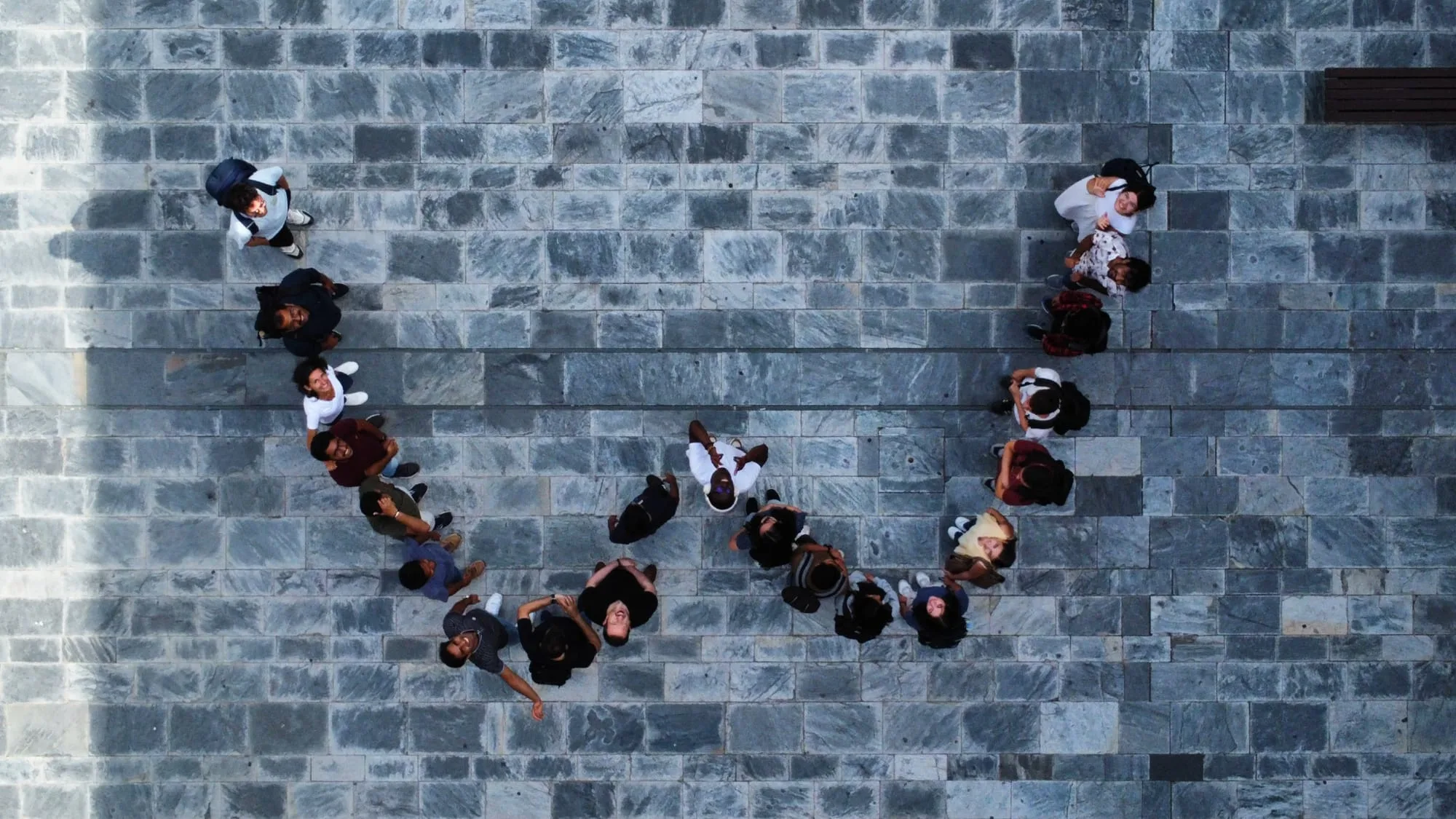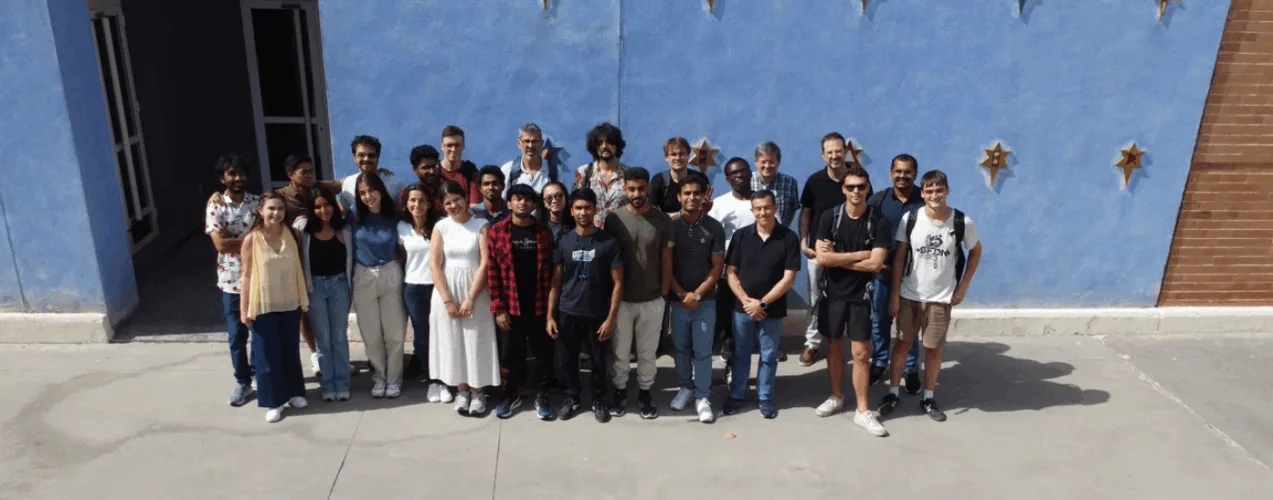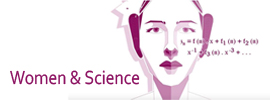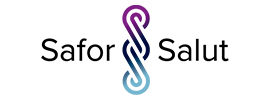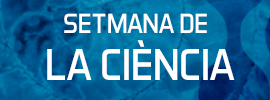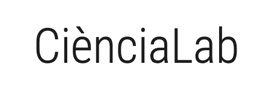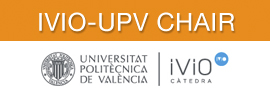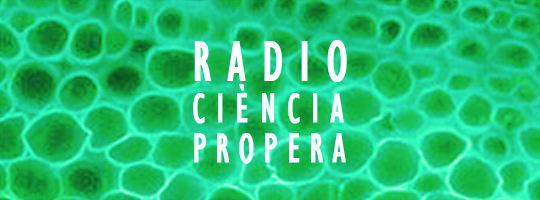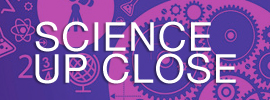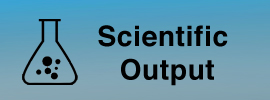Campus Gandia of the Universitat Politècnica de València (UPV) as once again served as an international hub for advanced acoustic simulation studies during the fourth edition of the Master WAVES Summer School.
“This edition focused on the growing importance of simulation methods in the design and optimization of acoustic systems across a wide range of applications—including electroacoustics, sound insulation, acoustic barriers, room acoustics, ultrasound, and underwater acoustics,” explains Javier Redondo., professor and researcher at the Gandia Campus. All these applications share a common requirement: reliable models capable of accurately predicting acoustic behavior before manufacturing or construction begins. As a result, numerical methods are not merely analytical tools—they are essential drivers of innovation.
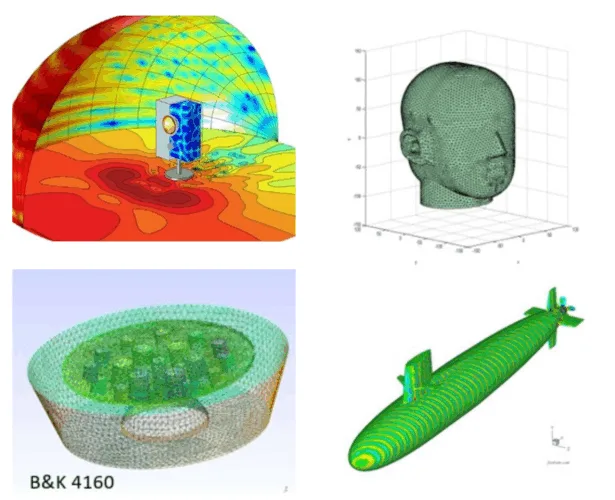
This edition centered on the practical application of computational simulation techniques to real-world acoustic challenges. Through a combination of theoretical and practical sessions, participants explored tools such as the finite element method, boundary element method, and time-domain finite difference method, among others. These numerical techniques enable highly accurate analyses of sound propagation across various media, accounting for interactions with both structures and materials.

COMSOL Multiphysics software played a central role in the course’s development and practical sessions. Thanks to its capability to solve coupled physical equations—integrating electrical, mechanical, and acoustic fields—participants were able to simulate complete electroacoustic systems, from transducers and loudspeakers to enclosures and insulation solutions. The platform enabled real-time visualization of results, while also allowing users to adjust design parameters and assess their impact on the system’s acoustic performance. The integration of mathematical modeling, computational simulation, and practical validation formed a foundational pillar of the educational program.
As acoustics plays an increasingly vital role in fields like architecture, automotive, medical technology, and marine engineering, education in acoustic simulation is becoming ever more essential. This summer school enabled participants to gain in-demand skills while promoting interdisciplinary research and fostering international collaboration.
The course featured esteemed professionals including Paulo Amado-Mendes and Luis Godinho from the University of Coimbra; Régis Cottereau from the University of Marseille; Vicente Cutanda and Jonas Helboe Jorgensen from the Technical University of Denmark; Andrés Prieto from the University of A Coruña; and Pablo Camblor, Jaime Galiana and Rubén Picó from Campus Gandia.
The fourth edition of the Master WAVES Summer School, held on campus from June 19 to 25, is an integral part of the Erasmus Mundus Master’s program in Waves, Acoustics, Vibrations, Engineering, and Sound (WAVES). Participants included not only master’s students but also professionals and experts with a keen interest in the subject.
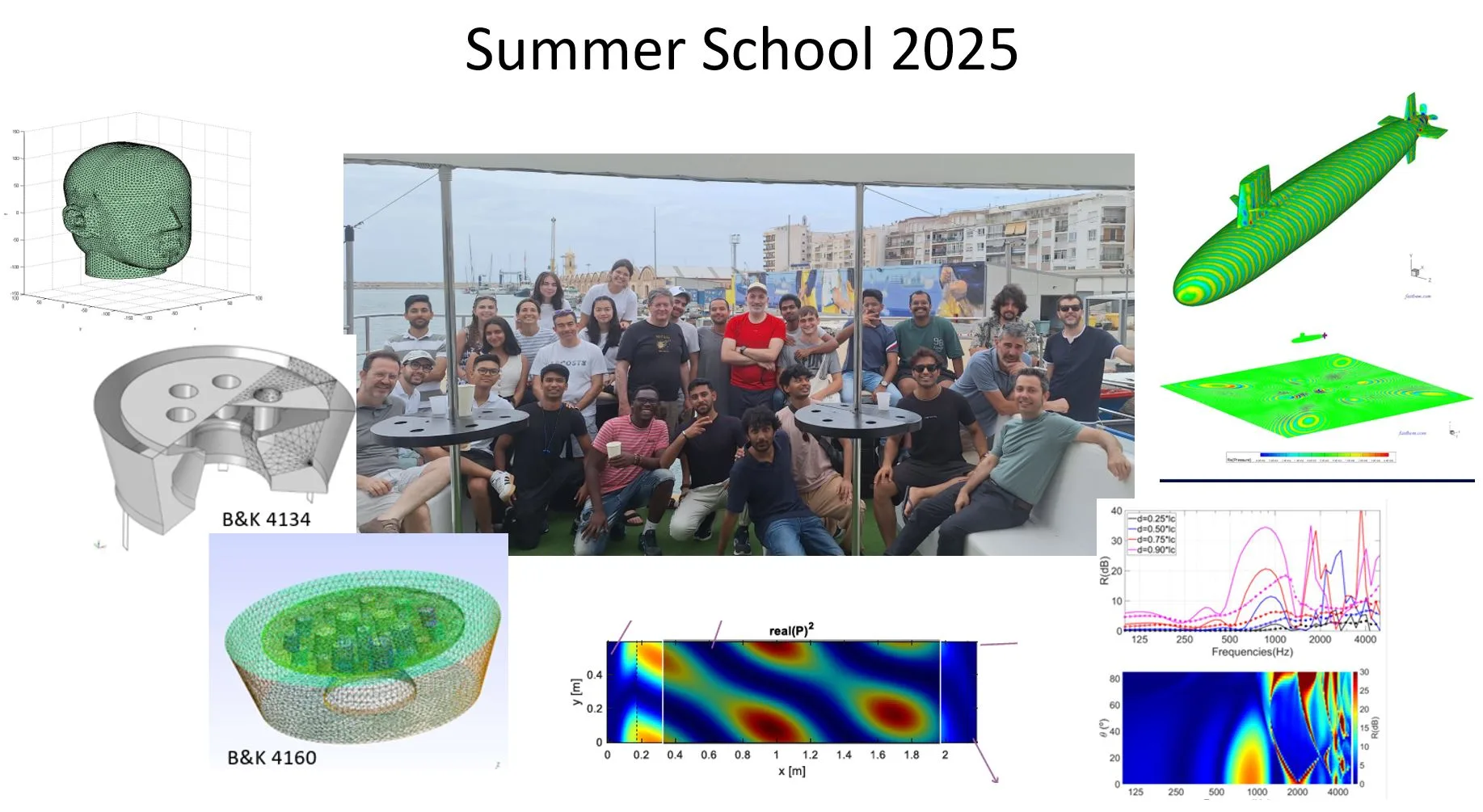
The event’s positive reception, along with the diverse international backgrounds of participants—from countries including Germany, Argentina, Canada, India, Portugal, and Pakistan—highlights the global reach of this initiative, further establishing Campus Gandia as a leading center in advanced acoustic engineering.
